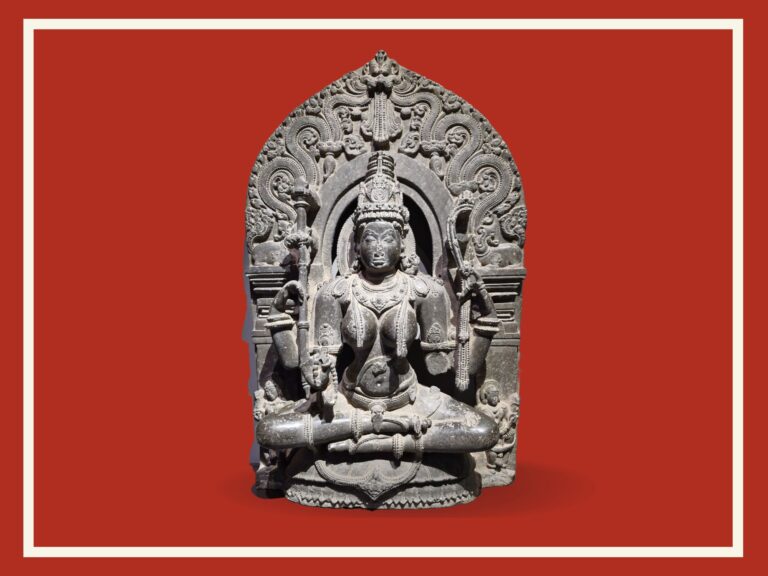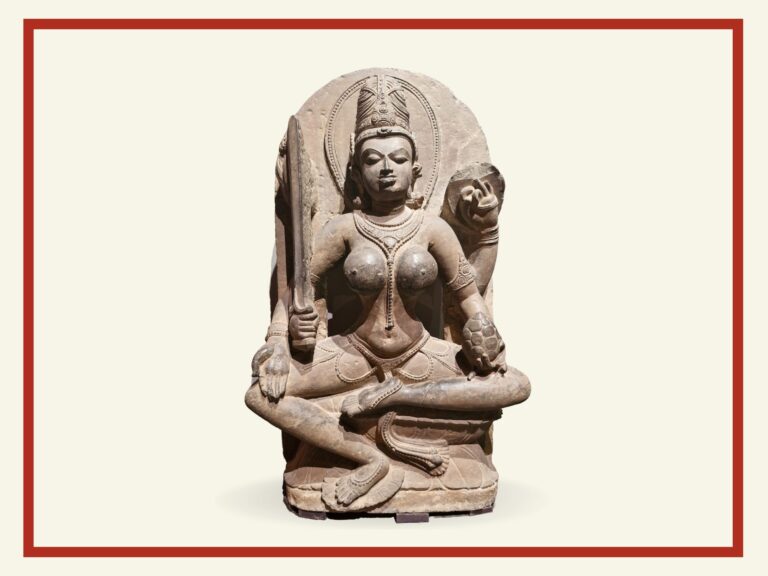Lord Parshvanatha
Parshvanatha, the twenty-third Jina, who lived during the 8th-7th century UGE, is known for his iconic symbols. These symbols include the emblem of a snake and Dhataki tread, and he is often depicted with his attendants, Dharanendra Yaksha and Padmavati Yakshi.
A legend associated with Parshvanatha tells the tale of a snake couple that was saved by him. The snakes were trapped in logs that were being used as fuel for a sacrifice performed by an ascetic named Kamatha. Unfortunately, despite Parshvanatha’s efforts, the snake couple succumbed to their injuries shortly after their rescue.
Years later, when Parshvanatha was engaged in severe penance, he was attacked by Kamatha. It was at this critical juncture that the snakes, who had been reborn as the yaksha Dharanendra and the yakshi Padmavati, realized the perilous situation Parshvanatha was in. In an act of gratitude and protection, Dharanendra coiled around Parshvanatha’s body, spreading his hood over Parshvanatha’s head to shield him.
This act of protection by Dharanendra is a significant event in the life of Parshvanatha and is often depicted in representations of him.
The story of Parshvanatha is not just a tale of divine intervention and protection, but also a testament to the principles of non-violence and compassion that are central to Jainism. It serves as a reminder of the interconnectedness of all life forms and the importance of kindness and respect towards all creatures. In conclusion, Parshvanatha’s life and legends offer a rich tapestry of stories and teachings that continue to inspire and guide followers of Jainism even today. His legacy is not just in the form of the symbols and icons associated with him, but also in the values and principles he embodied. passive voice should not be more than 10%. and each sentence should not contain more than 20 words




